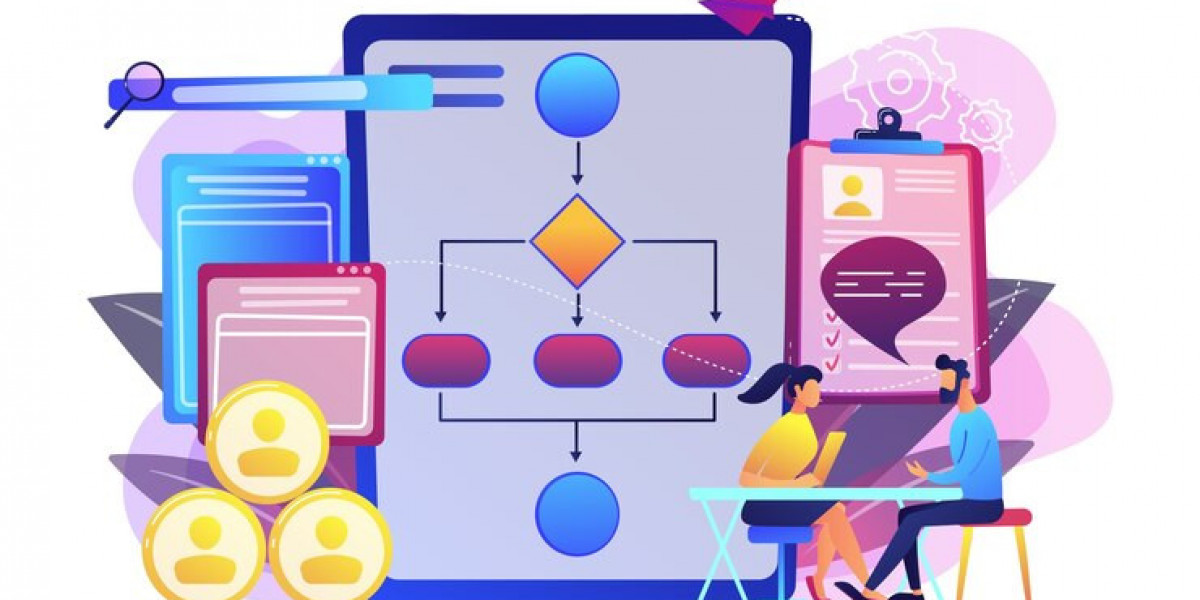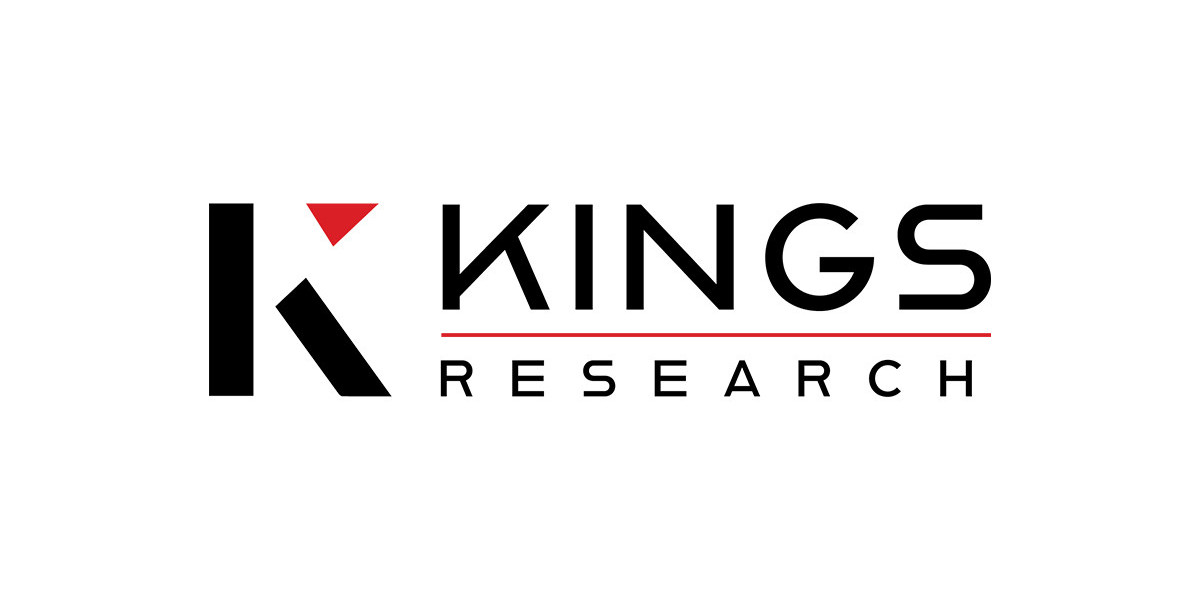What is an Entity Management Software?
An entity management system, also known as an entity information management (EIM) system, is a software application used to organize key information about the people, organizations, and other business entities an organization interacts with. Entity data typically includes names, addresses, phone numbers, emails, relationships to other entities, and other identifying details. Entity management systems play an important role in ensuring this critical data remains accurate, consistent, and accessible across all departments and business units.
Managing Customer, Supplier and Stakeholder Information
One of the primary uses of an Entity Management Software is to consolidate contact and profile information for all external entities like customers, suppliers, partners, and other stakeholders. Maintaining accurate records for thousands or even millions of external entities can be an enormous challenge without the right technology in place. An EIM system centralizes this data and provides tools for easy search, updates, and reporting. It allows sales, marketing, customer service, and other external facing teams to always have the most up-to-date entity profiles at their fingertips.
Streamlining Onboarding and Vendor Management Processes
When welcoming new customers, partners or vendors onboard, an entity management system can significantly improve efficiency. Data collected during the onboarding process like legal names, addresses, primary contacts etc. are automatically stored in a centralized repository. This eliminates data silos and redundancies. Vendor relationship managers also have a single source of truth for all their supplier profiles, certificates, contracts and other compliance documents. Any changes to entity attributes are instantly reflected across the organization.
Enhancing Collaboration and Protecting Data Integrity
Modern EIM solutions go beyond basic data aggregation by facilitating cross-departmental collaboration on shared entity profiles. Authorized users can work simultaneously on the same records in real-time. Audit trails keep track of all changes for compliance. Integrations with CRM and ERP systems ensure profile attributes stay in sync across applications as well. Role-based access control and workflow approvals enforce consistent data quality and governance standards. This collaborative approach taps into dispersed expertise across functions to build the most complete entity portraits.
Boosting Compliance and Reducing Risk Exposure
Regulatory compliance is another major driver for entity management. Financial institutions, for example, rely on EIM to adhere to know-your-customer (KYC) and anti-money laundering (AML) regulations for clients and transactions. Regular address, ownership and watchlist screening help detect and report suspicious activity. Meanwhile, supply chain managers leverage entity data for modern slavery, conflict minerals due diligence as required under various statutes. Comprehensive entity records thus empower organizations to meet legal and industry mandated responsibilities more effectively.
Improving Customer Experiences Through Contextual Insights
Advanced entity data models powered by artificial intelligence (AI) and machine learning uncover deeper connections between entities. These contextual insights reveal how entities are related to each other through shared attributes, behaviors, geography, industry affiliation or past interactions. Customer service representatives can tap into this network to better understand individual customers and anticipate their unique needs. Sales teams gain a more nuanced view of accounts to deliver hyper-personalized outreach. Overall, organizations forge stronger bonds with entities by gaining a richer, 360-degree perspective of who they are doing business with.
Selecting the Right Entity Management Platform
When shopping for an entity management solution, consider key factors like data volumes, integration requirements, regulatory obligations, adoption strategy, and total cost of ownership over time. Evaluate vendors based on scalability, feature sets, security, user experience, customization options and support availability. Look for platforms offering both cloud-hosted and on-premise deployment choices. Multi-tenant SaaS models ensure always-up-to-date versions without big upgrade costs.
Choose a vendor with proven experience in your industry to get pre-built templates, processes and best practices. Check client references and research market leadership. Request trial access for hands-on product demonstrations. Weigh licensing and implementation services costs against long-term benefits including improved data quality, agility, compliance and insights for decision making across the business. The ideal solution provides a central hub for governing entity information to maximize its value for years to come.
implementing a robust entity management system delivers significant advantages for any modern organization interacting with numerous external and internal business entities. From boosting productivity to strengthening regulatory compliance to delivering more personalized customer experiences – a holistic approach to governing entity data touches upon all core business functions and goals. With careful evaluation and deployment, the returns on investment in an EIM solution can be realized for many years ahead.
Get More Insights On- Entity Management Software
Resource - The Role of Entity Management Software in Compliance
Get this Report in Japanese Language:
Get this Report in Korean Language:
About Author:
Vaagisha brings over three years of expertise as a content editor in the market research domain. Originally a creative writer, she discovered her passion for editing, combining her flair for writing with a meticulous eye for detail. Her ability to craft and refine compelling content makes her an invaluable asset in delivering polished and engaging write-ups.
(LinkedIn: https://www.linkedin.com/in/vaagisha-singh-8080b91)









